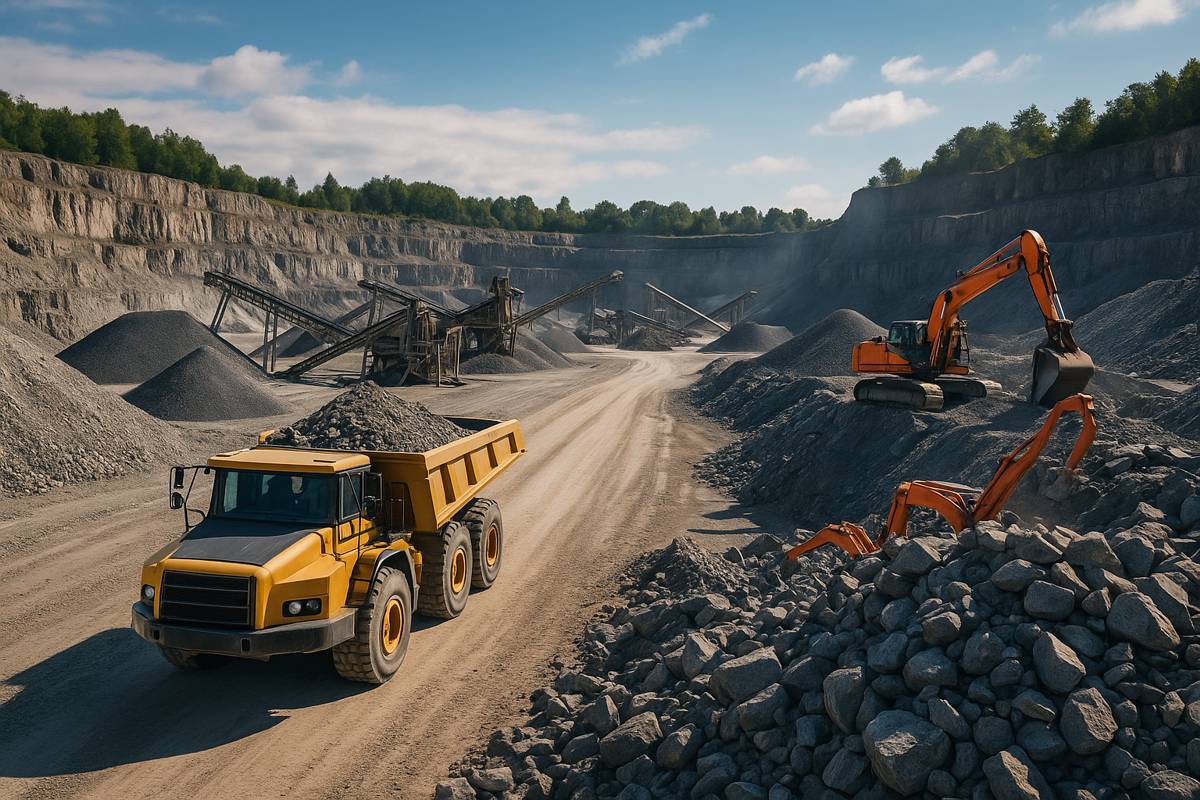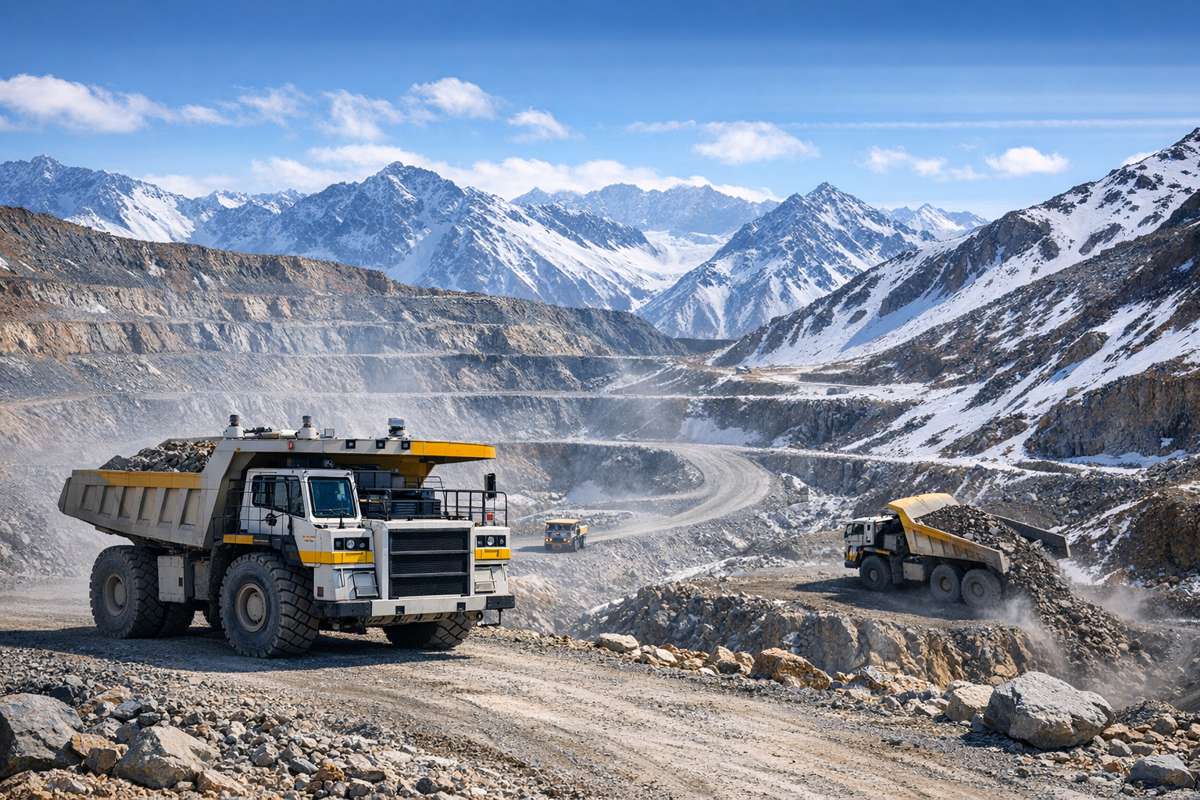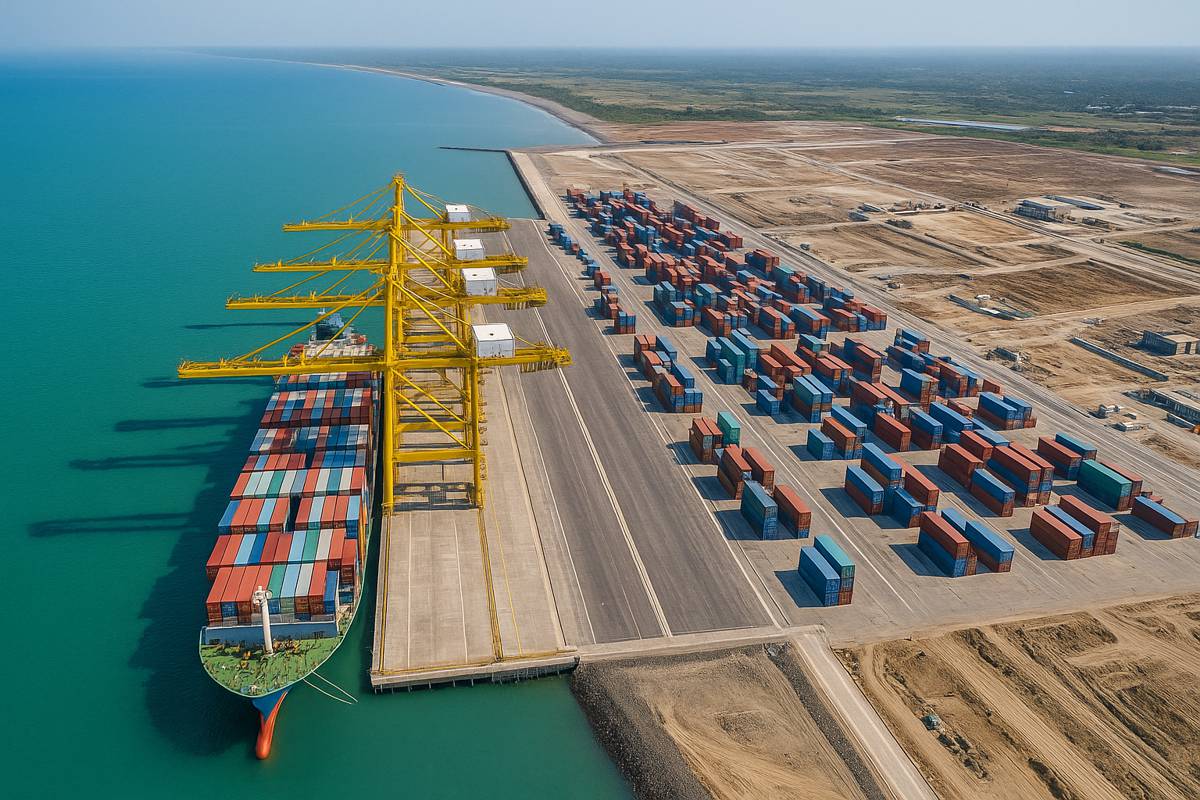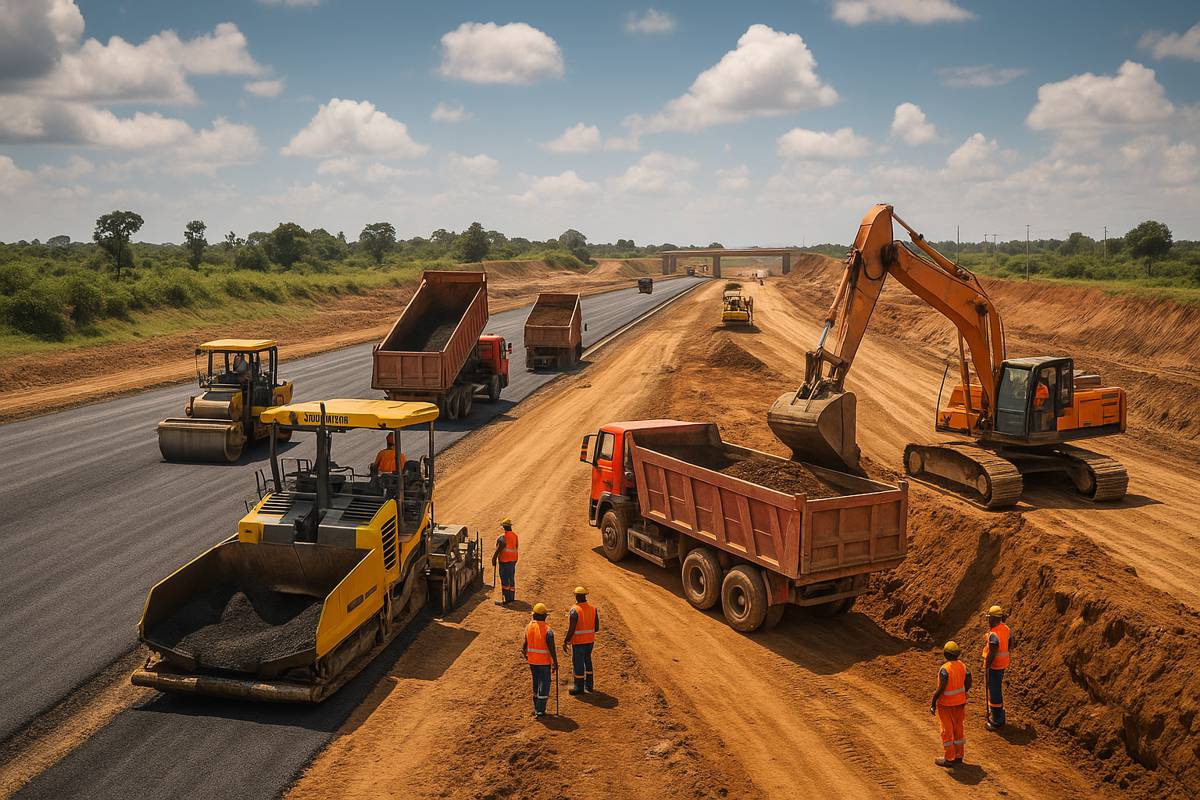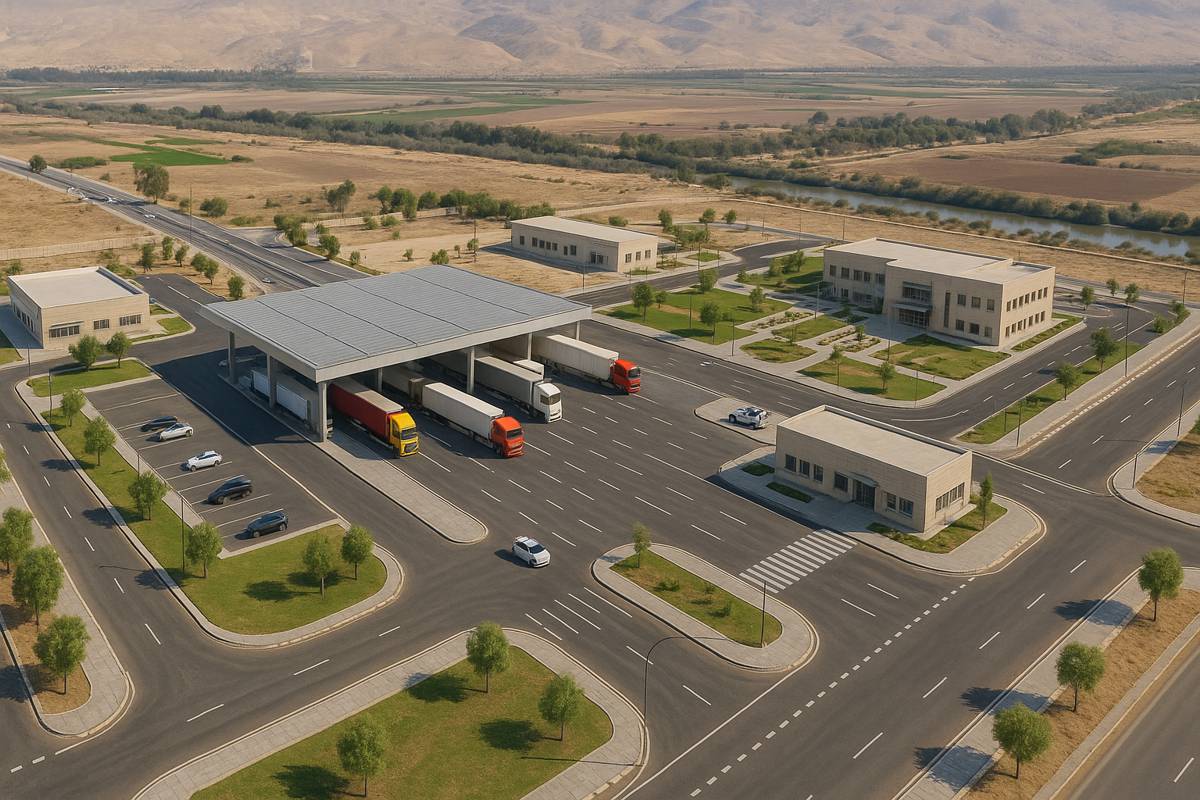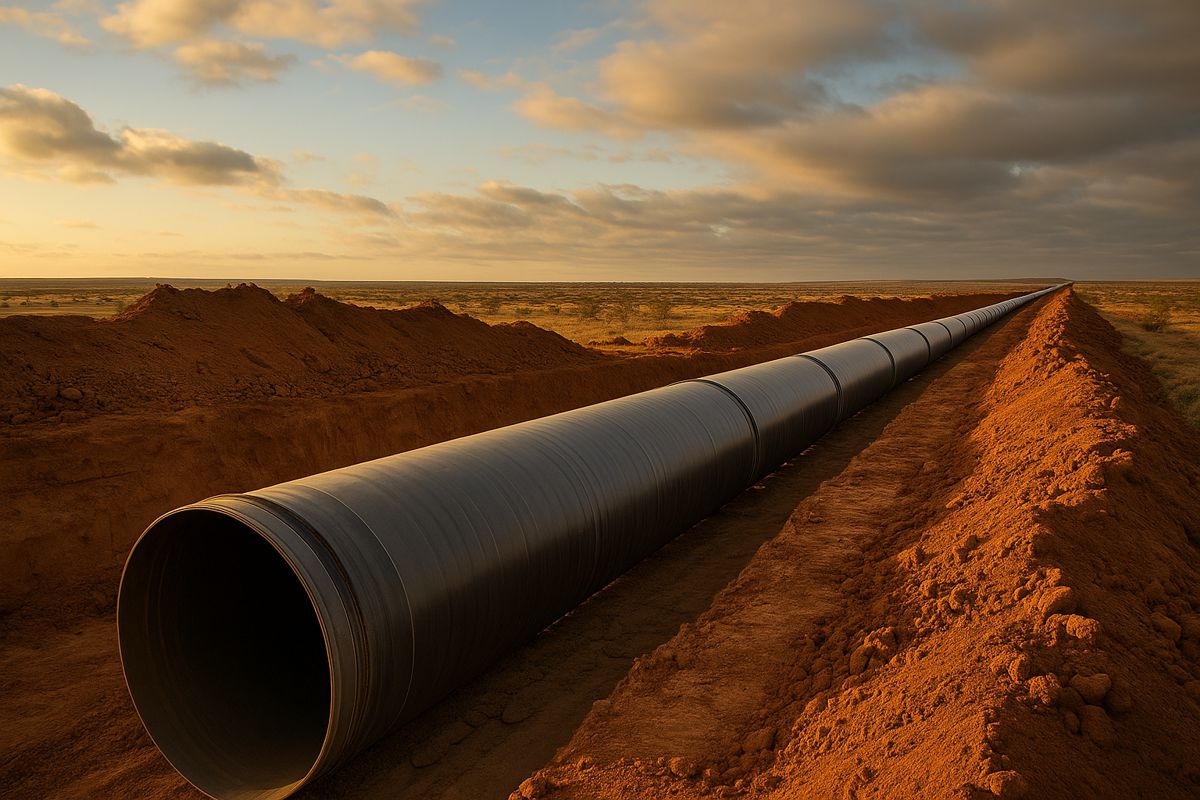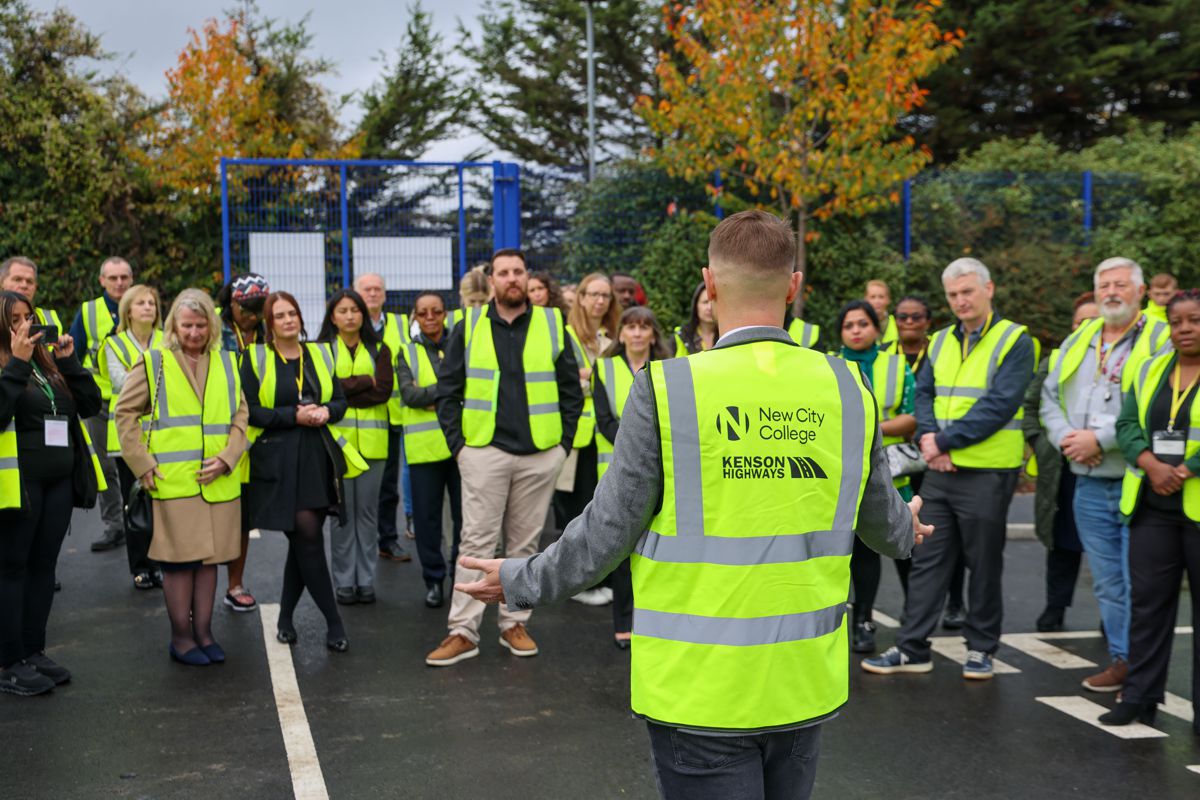Sustainable Aggregates Are Changing How the World Builds
Imagine a fine powdery dust piling up by the tonne at the edge of a quarry, once considered little more than an inconvenient by-product. Today, that very quarry dust is being reimagined as a treasure trove of sustainable building material. In an era when the construction industry is under pressure to build greener and waste less, what was formerly seen as waste is now sparking innovation and opportunity.
Aggregates like crushed stone and sand are the backbone of construction worldwide, yet their extraction generates massive waste. In 2020, mining and quarrying activities accounted for 23.4% of all waste generated in the EU. Traditionally, much of this waste, including the fine dust produced when stone is crushed, was stockpiled or discarded, raising environmental concerns. But a transformation is underway.
From Europe to Asia, forward-thinking companies are turning these mountains of quarry dust into high-value “engineered stone” products and other materials. This shift is part of a broader movement to marry industry growth with sustainability, ensuring that every last rock fragment finds a purpose. The journey from quarry dust to engineered stone is not just a tale of technological ingenuity, but also one of changing mindsets in mining and construction.
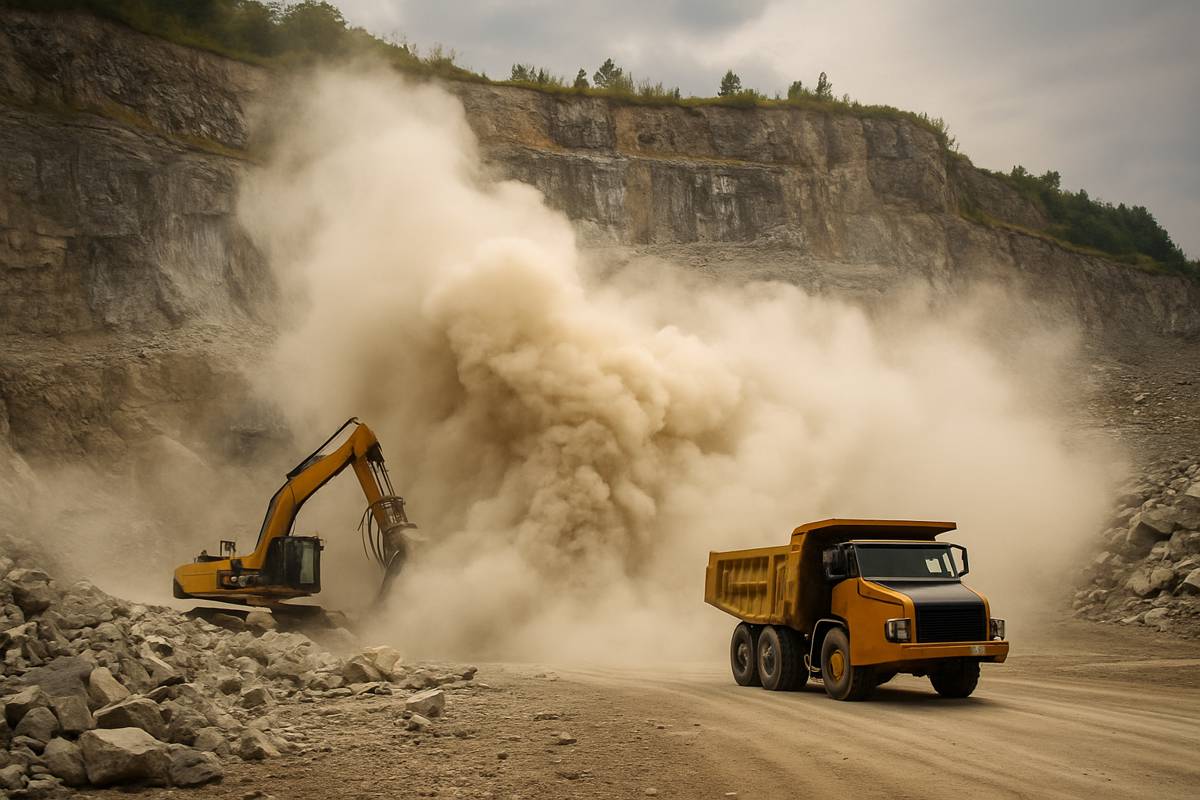
Mountains of Dust, Untapped Potential
Quarry dust, sometimes called stone dust, crusher dust or gravel dust, is the fine, powdery material generated during the production of crushed stone. At quarry sites, controlled blasting and crushing of rock inevitably produce these tiny particles, typically less than 5 mm in size. For decades, this dust was swept aside as an annoying by-product of making gravel and aggregate for construction.
In many operations, vast piles of quarry dust accumulated with no clear use. These mounds of fine rock presented a dual problem: they occupied valuable space and posed environmental hazards. Wind can send fine silica particles airborne, threatening air quality for workers and nearby communities. Rainwater runoff can carry the powder into streams, affecting water quality. Left unattended, dust stockpiles have been a constant reminder of wasted material and unrealized value.
Yet hidden in those drifts of grey powder is significant potential. Each particle of quarry dust is essentially the same mineral as the valuable stone it came from. Forward-looking companies have begun asking a simple question, why treat this fine material as garbage when it could be a resource? The construction industry’s growing focus on sustainability and circular economy principles has set the stage for quarry dust to get a second life. Indeed, what was once “traditionally considered waste” is increasingly recognized as “a valuable construction material in its own right”. This shift in perspective is driving new uses for quarry dust across the industry.
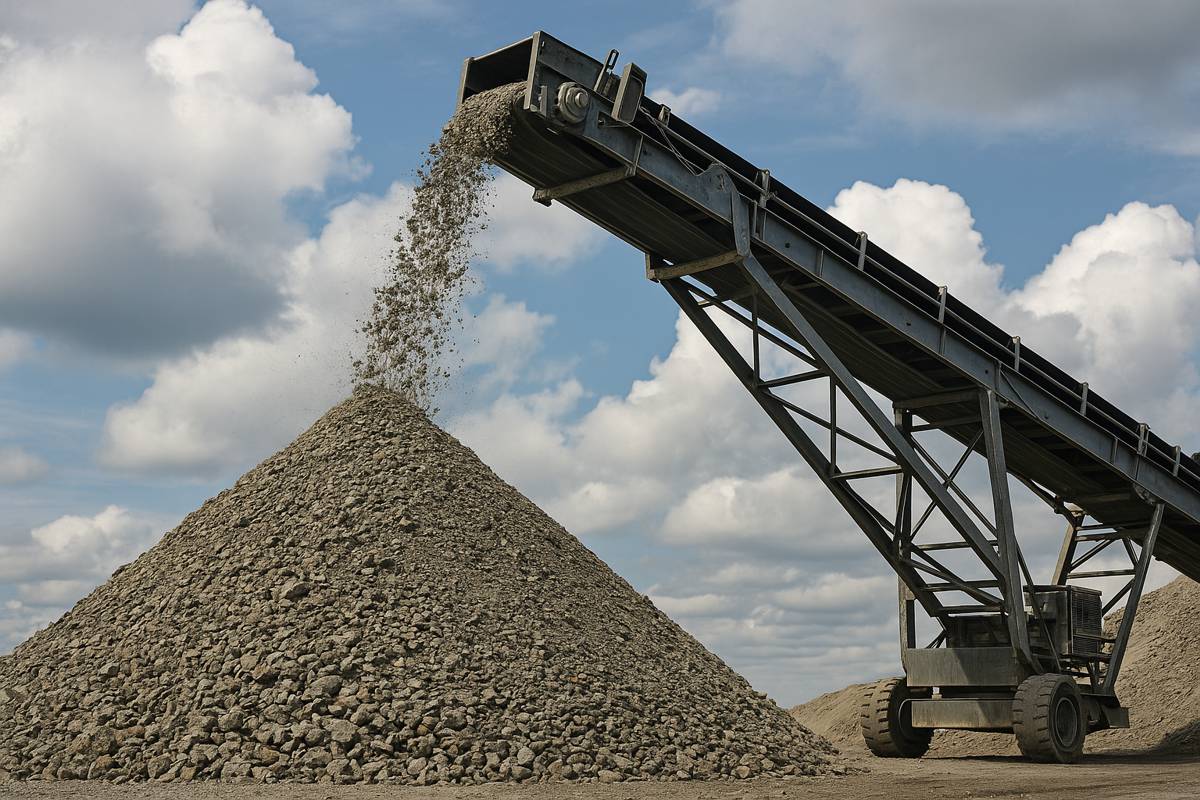
Rethinking Quarry By-Products
Major industry players are now urging a rethink of quarry waste. Eunan Kelly, Head of Business Development for CDE in Europe, stresses: “Overburden, scalpings, crushed rock fines or quarry dust, they’re part and parcel of the mining and quarrying process, and an inevitable by-product. But a product they are. Too often these masses are categorised as ‘waste’ or low value material when in reality they possess significant potential.” In other words, that pile of dust is not just an inconvenient leftover, it’s raw material waiting to be repurposed.
Kelly’s company, which provides washing technology for quarries, has seen first-hand how yesterday’s waste can become tomorrow’s revenue stream. He notes: “When processed with the right technology, most of these seemingly low-quality by-products can be marketed quite profitably. That means today there are years’ worth of reserves and billions of tonnes of value-adding materials just sitting in stockpiles throughout Europe that can both ease pressure on resource extraction while creating new or additional revenue streams. It is crucial we start to maximise the available reserves and tackle dirtier material.” In other words, reusing quarry fines can reduce the need to open new pits while boosting a quarry’s bottom line at the same time.
This philosophy is being put into practice on the ground. For instance, in Norway, aggregates producer Feiring Bruk found itself with hundreds of thousands of tonnes of crushed rock fines stockpiled at its sites. Instead of treating it as useless waste, the company invested in advanced washing plants that can process up to 300 tonnes per hour of this dusty material. The result? Valuable fine sand and aggregate products (0-2 mm, 2-4 mm, 4-16 mm, etc.) are now being recovered and sold for construction use. By reprocessing the dust, Feiring Bruk not only frees up space and reduces waste, but also preserves natural resources by supplying the market with recycled sand and gravel that would otherwise have come from new extraction.
A similar story unfolded in the UK, where Longcliffe Quarries used to discard tons of limestone “scalpings” (small stone off-cuts mixed with clay). After testing proved these leftovers had marketable value, the firm installed a state-of-the-art wet processing plant. The facility now transforms previously dumped material into six different products, creating new high-value revenue streams and even helping to cut net emissions on site through more efficient resource use. Success stories like these underscore a growing realization: with innovation and investment, old quarry by-products can become new business opportunities.
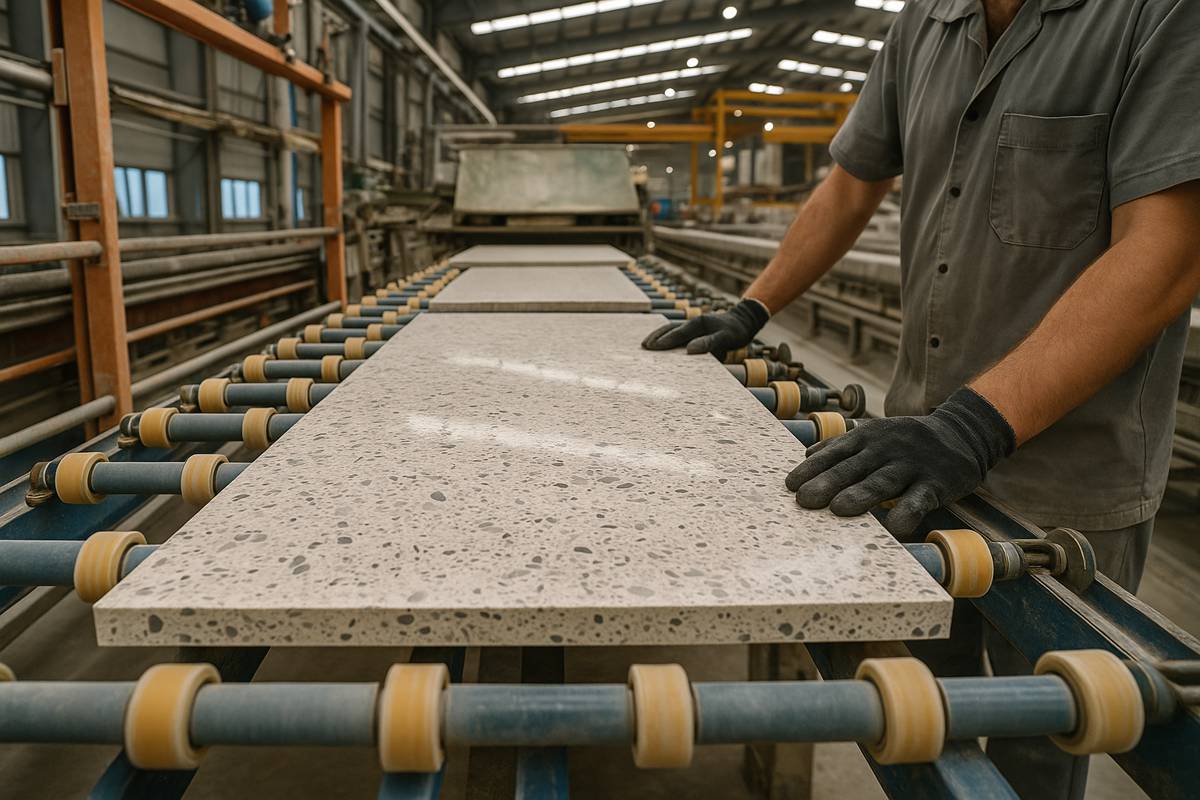
Turning Dust into High-Value Surfaces
One of the most dramatic examples of quarry dust’s rebirth is in the creation of engineered stone. Engineered stone (also known as artificial or composite stone) is a man-made material designed to resemble natural rock, often used for countertops, flooring and facades. Manufacturers take crushed stone aggregate, often a mixture of quartz, granite or marble dust, and bond it together with a small amount of polymer resin or cement. The mix is formed into solid slabs or tiles under high pressure and vacuum. The result is a product with the appearance and strength of natural stone but made largely from recycled rock powder.
This technology was pioneered decades ago as a way to utilize stone fragments and off-cuts from quarries. Italian engineers at Breton S.p.A., for example, developed a now-famous process in the 1970s to turn crushed marble scraps into new solid surfaces. Today’s engineered stone often contains upwards of 90% stone content, much of which can be derived from quarry waste. In fact, Breton notes that its modern compound stone can be described as environmentally friendly because “96% of its content comes from crushed waste stone left over in quarries”. Because the raw material is essentially repurposed scrap, producing engineered stone slabs doesn’t require extracting large fresh blocks from the earth. A quarry’s dust and rubble, which would have been dumped, can instead be transformed into polished kitchen counters, floor tiles or building cladding.
Engineered stone has taken off in construction and interior design markets, prized for its consistency and customizability. Unlike natural stone which can have unpredictable veins or flaws, engineered stone can be made to precise specifications, in terms of colour, pattern and performance characteristics, batch after batch. It’s now found in high-end kitchens, airports, shopping centres and luxury hotels around the world. Beyond aesthetics, these products offer technical advantages: they can be engineered to be non-porous and stain-resistant, or enhanced with additives to improve strength and flexibility. In essence, we are now able to design stone for purpose, and significantly, to do so using what would otherwise be dust. This not only creates value from waste but also reduces the need to quarry new natural stone, closing the loop in the supply chain.
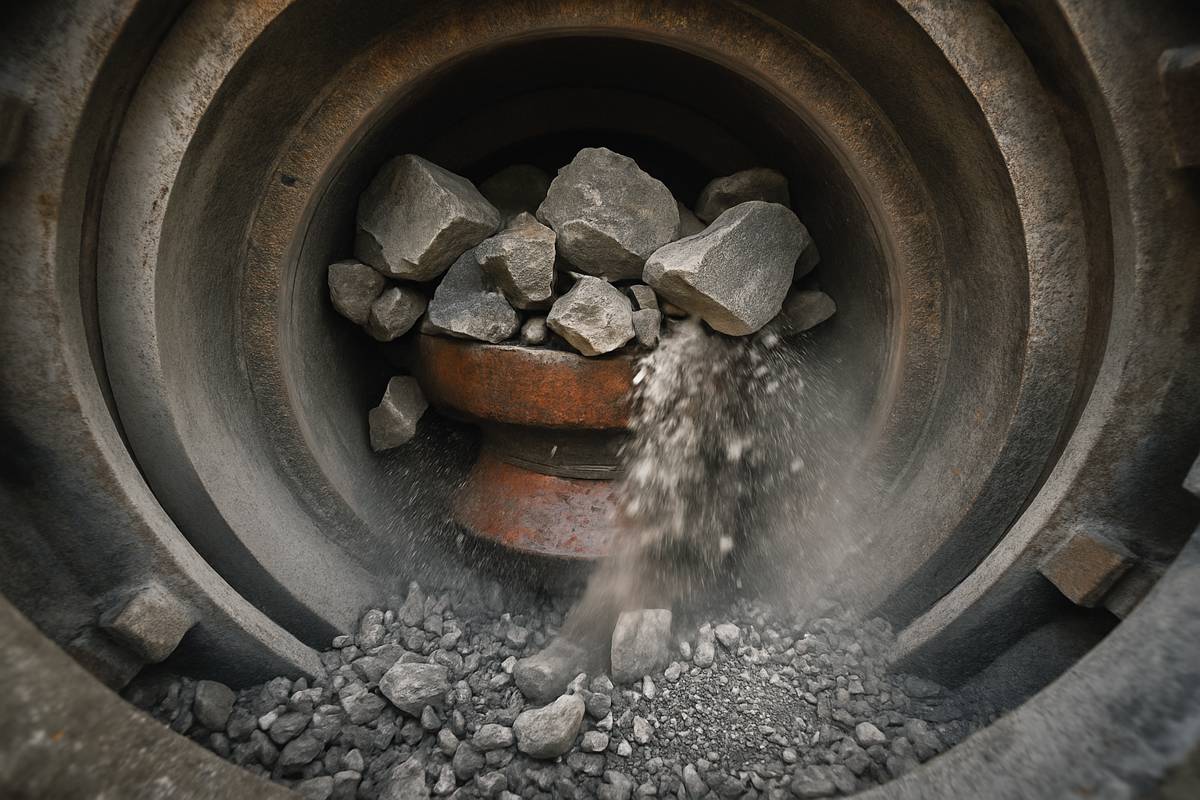
Innovation and Technology Fuelling Change
The push to reinvent aggregates wouldn’t be possible without advances in technology. Modern quarrying has become as much a tech-driven industry as a mining one. High-efficiency crushers and automated screeners now allow operators to produce fine aggregate more consistently while minimizing leftover waste. Sophisticated washing systems, like the wet processing plants used by CDE, can remove clay and impurities from quarry dust, turning it into clean, specification-grade sand and gravel. This means that “dirty” rock flour can be upgraded into high-quality material suitable for making concrete or asphalt. These processes effectively wash the waste and bring it up to the standards needed for construction, unlocking the potential of what used to be an unusable by-product.
Digital innovations are also playing a major role. The use of drones and laser scanners to survey stockpiles means quarry managers can map and measure their dust piles with pinpoint accuracy. Some sites employ digital twin simulations, virtual models of the quarry and its processes, to test how changes in blasting, crushing or washing might increase yield and reduce waste.
Artificial intelligence is being applied to optimize machinery settings and to sort aggregates by size and quality in real time. AI-driven algorithms can, for example, adjust crusher parameters on the fly to ensure that the proportion of fine material is maximized without over-crushing. Similarly, IoT-connected sensors on conveyors and screens provide constant feedback, allowing operators to tweak the process and prevent bottlenecks. Predictive maintenance systems powered by AI identify potential breakdowns in crushers or mills before they happen, minimizing downtime. All these tools serve a common goal: to extract maximum value from raw materials with as little waste as possible. Where older methods might have sent fine rock to a waste pile, smart automation now finds a use for virtually every grain.
Materials science is innovating as well. Researchers are experimenting with new binders and techniques to incorporate quarry dust directly into products like bricks, blocks and low-carbon concrete. For example, geopolymer cements can use high volumes of industrial by-products (like fly ash and quarry dust) to make masonry units without traditional Portland cement. In the near future, we may even see large-scale 3D printers at construction sites using ink made partly from recycled stone dust. These emerging technologies all point toward an industry increasingly adept at turning what once was refuse into a resource.
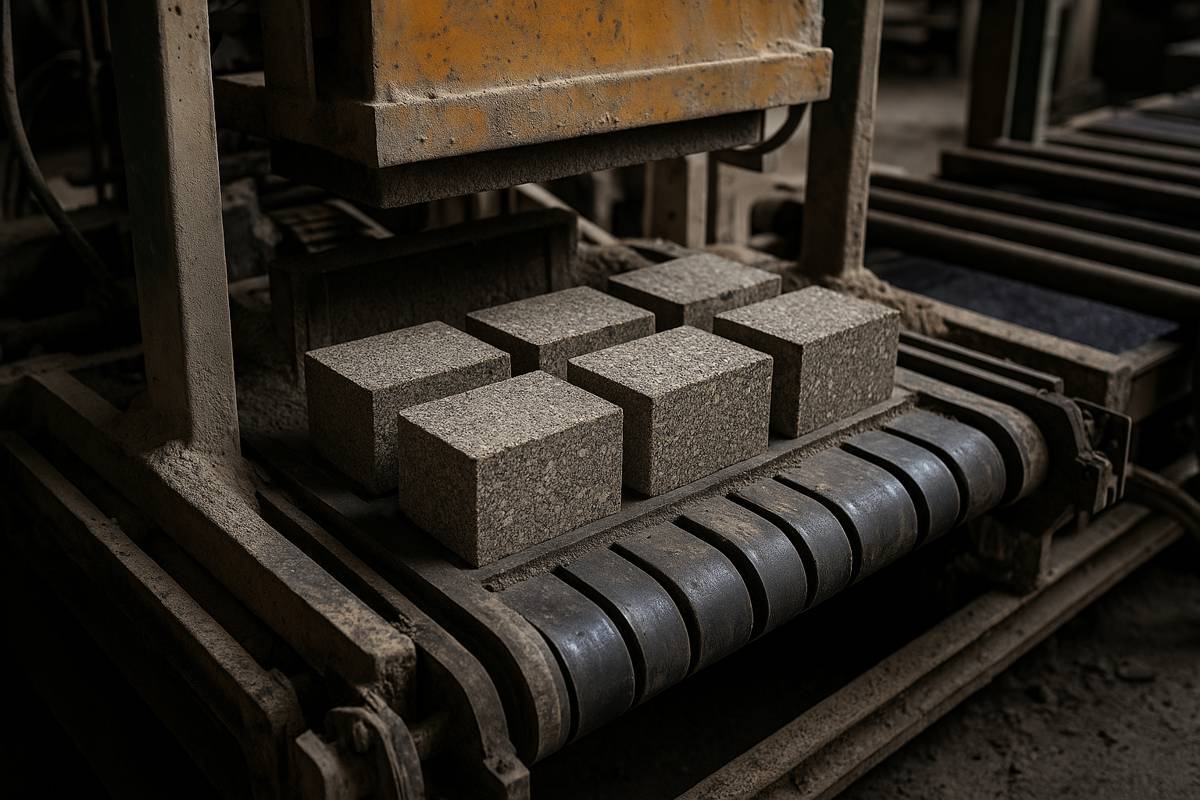
Diverse Uses for Quarry Dust
Beyond making new stone slabs, quarry dust is finding its way into many other corners of construction.
Concrete and Mortar
Quarry dust can partially or fully replace natural sand in concrete mixes. When properly graded, it fills the gaps between larger aggregates, which can improve mix density and even boost compressive strength in some cases.
By substituting quarry dust for scarce river sand, builders save on material costs and reduce environmental damage from excessive sand mining. The fine particles can also improve workability, sometimes allowing a reduction in the amount of cement needed by helping the mix compact more tightly.
Bricks and Blocks
Innovative manufacturers have incorporated quarry dust into masonry products such as bricks, paving blocks, and tiles. In some trials, bricks made with up to 60% quarry dust (blended with cement, clay or even plastic waste) have met standards for strength and durability.
Using stone dust in bricks not only diverts waste from quarries, but can also lower production costs by replacing a portion of more expensive traditional ingredients. The result is a more sustainable brick that reuses material which would otherwise go to landfill.
Road Bases and Ground Stabilisation
Unpaved road surfaces and highway sub-bases can benefit from quarry fines as a stabilizer or binder. Mixed into loose gravel or soil, quarry dust helps fill voids and bind the material together, reducing erosion, dustiness and rutting on dirt roads. A recent field study in Iowa (USA) showed that adding quarry fines to unpaved rural road sections improved their stiffness and strength, while also reducing dust emissions and gravel loss.
By keeping the road surface tightly bound, maintenance needs and airborne dust were both cut down. Likewise, in pavement construction, stone dust is often used as a compacted sub-base layer under sidewalks, driveways and patios, where it provides a stable foundation and good drainage.
Landscaping and Fill
In landscaping, quarry dust serves as an excellent levelling and compaction material. It’s used as a setting bed for laying patio pavers, flagstones or artificial turf, ensuring an even surface that resists shifting. Its fine texture also makes it useful for filling small crevices between decorative stones or as a soil amendment to improve drainage in heavy clay soils.
Even artistic and architectural applications have emerged, for example, coloured quarry dust has been used in terrazzo flooring and decorative concrete finishes to create speckled stone-like appearances. These uses may be less high-profile, but they further demonstrate the versatility of quarry by-products in the built environment.
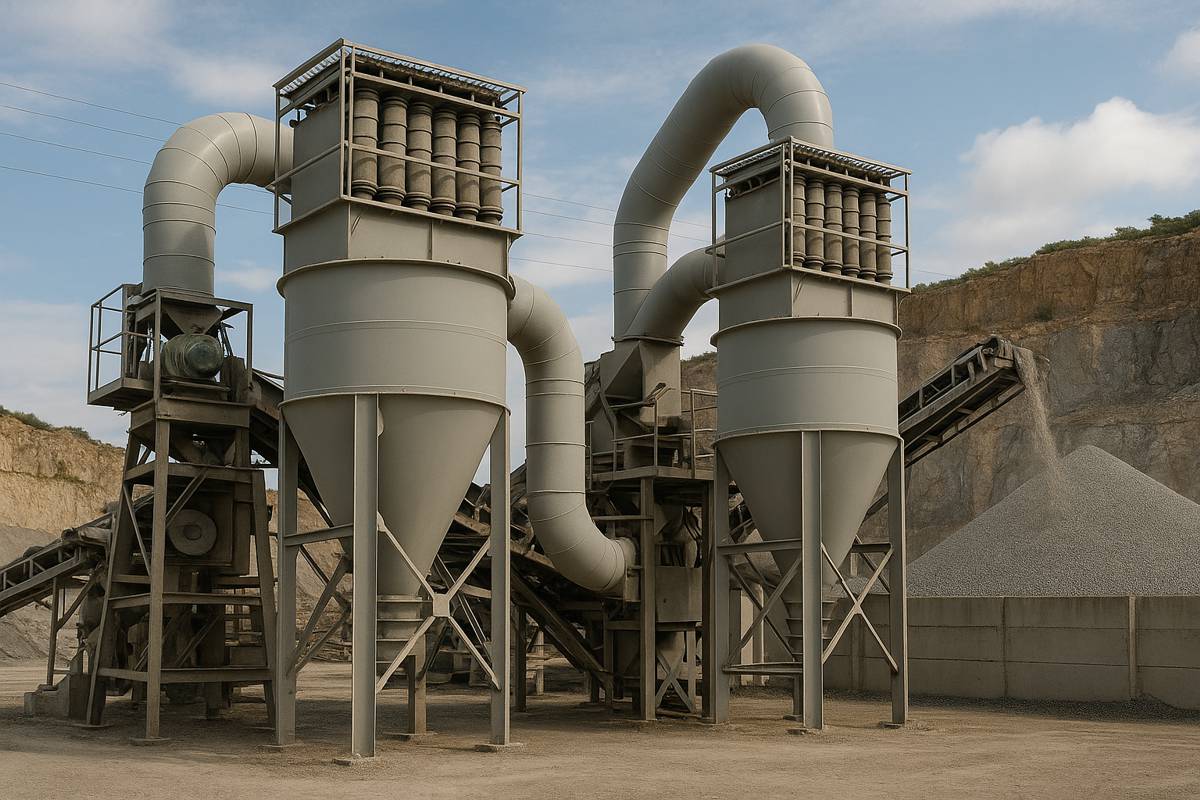
Environmental and Economic Benefits
Crucially, the reuse of quarry dust carries both environmental and economic benefits. Environmentally, every ton of dust repurposed is a ton of natural sand or stone that doesn’t have to be newly mined. This relieves pressure on fragile ecosystems: riverbeds, beaches and other environments where sand and gravel are harvested get a much-needed reprieve. It also means fewer waste piles left to potentially leach into soil or send particulate into the air. When quarry dust is locked into products like engineered stone or concrete, it’s not blowing away in the wind, a clear plus for air quality and for the health of workers and nearby residents.
Recycling aggregates also contributes to lower carbon emissions in subtle but important ways. Consider that producing cement (the binder in concrete) is one of the most carbon-intensive industrial processes; if using quarry dust in a mix allows builders to use a bit less cement due to improved aggregate packing, that directly cuts CO₂ output. Using local quarry dust in place of trucking in sand from distant pits likewise trims the fuel burned in transportation. At the Longcliffe site in England, turning waste scalpings into saleable product even helped reduce net emissions on site by eliminating the need to haul off waste and import equivalent virgin material. In sum, making the most of existing materials often means a lighter carbon footprint for a project.
Economically, there’s a strong incentive for industry players to embrace dust reutilisation: it can turn a cost centre into a profit centre. Disposing of quarry waste incurs costs, whether in transport, compliance, or simply managing stockpiles. Every tonne of dust that can be sold as a product is not only diverted from landfill, but generates revenue. This improves a quarry’s profitability and can even extend the productive life of a mine. Eunan Kelly further observes: “Reprocessing by-product stockpiles can extend the operational life of a quarry, reduce storage, transport and disposal costs, frees up valuable space on site and helps close the gap between demand and supply. This is particularly important as new permits for resource extraction are harder to come by.” In tight markets, reprocessing a stockpile of fines essentially becomes the equivalent of discovering a new aggregate reserve, without the time, expense and uncertainty of opening a new quarry.
For construction contractors and end users, using recycled aggregate products can also offer cost savings. Recycled sand or manufactured aggregate from quarry dust often comes at a lower price than that of virgin quarry material, while meeting the same technical specs. That can make sustainable choices also the economical ones. And beyond the balance sheet, there’s reputational value: demonstrating a commitment to sustainability can help companies win contracts, satisfy investors, and meet government sustainability mandates. In many jurisdictions, infrastructure projects now score bidders on environmental performance, and using recycled aggregates is one visible way to boost a project’s “green” credentials.
Mines and quarries that aggressively pursue waste reuse also earn goodwill in their communities. Regulators and local residents increasingly expect socially responsible mining practices that minimize environmental impact and post-closure legacies. Converting dust to useful products shows a commitment to reducing the industry’s footprint. It can turn those unsightly grey piles into a symbol of innovation, one reason why policymakers are starting to encourage such practices through updated regulations and incentives. In essence, recycling quarry dust aligns economic interest with environmental responsibility, creating a win-win scenario for companies and communities alike.
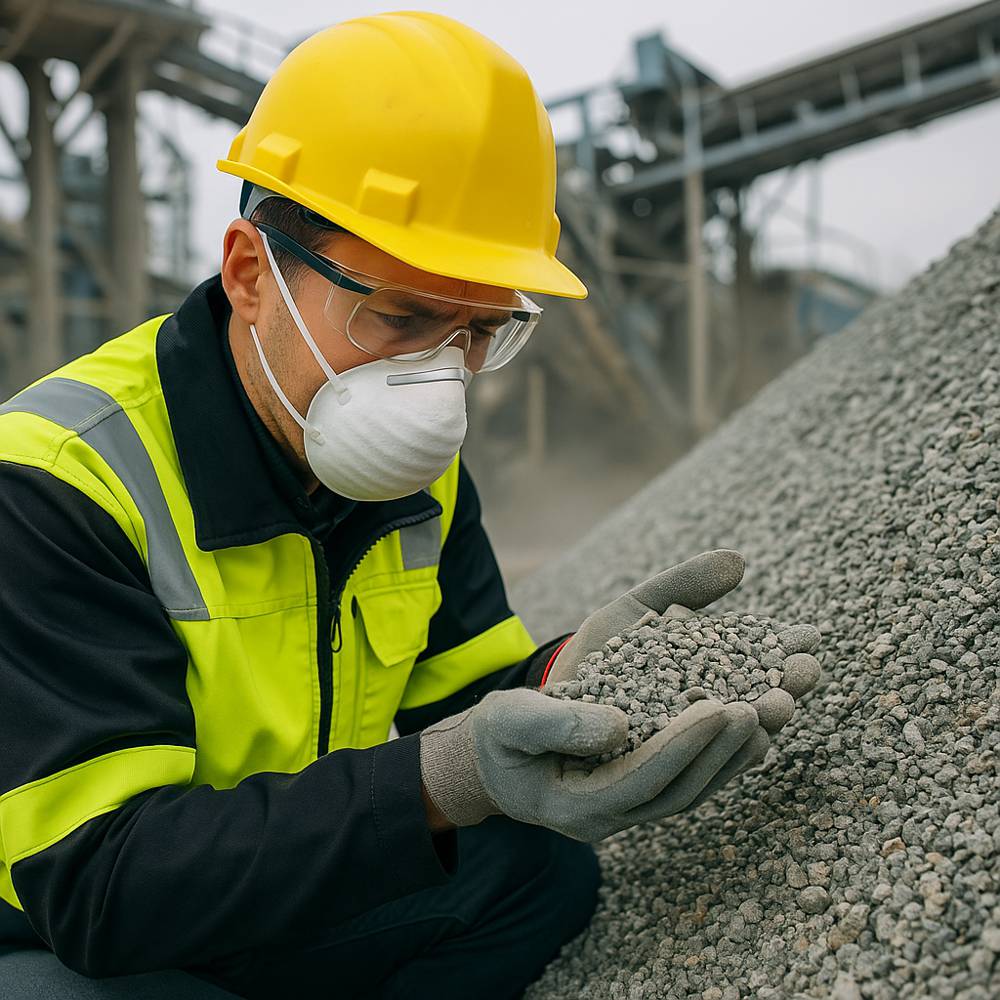
Navigating Challenges and Safety Considerations
For all its promise, reinventing aggregates is not without challenges. One hurdle is technical: not all quarry dust is created equal, and not all of it is immediately suitable for high-grade applications. Fine material from different rock types or locations may contain varying levels of clay, silt or metal contaminants that can affect performance. If the dust has a lot of clay, for example, it may need washing to ensure it bonds well in concrete or resin. Achieving consistent quality from what is essentially a waste product requires investment in processing and quality control. Smaller quarry operators may find the upfront costs of new equipment daunting. However, the trend of technology becoming more accessible and modular is helping, even mid-sized quarries are now able to install relatively compact washing or grading units to improve their dust.
There is also the question of standards and acceptance. Construction is a risk-averse industry (for good reason), and engineers won’t adopt new materials without solid evidence and certification. Gaining trust that a recycled aggregate will perform as reliably as a traditional one takes time and data. This means extensive lab testing and pilot projects are needed to prove concepts. Fortunately, the growing body of research, from academic studies to real-world trials, is making the case that quarry dust can be used safely and effectively in many applications. Building codes in some regions are already evolving to allow higher percentages of alternative aggregates in concrete. As success stories accumulate, confidence in these materials will continue to build.
Worker health and safety is another critical factor. Ironically, the very dust we seek to reuse must be handled with care during processing and fabrication. Quarry and stone dust often contain a high proportion of crystalline silica. Inhaling fine silica particles can cause serious lung disease (silicosis) and other respiratory issues. This hazard has been underscored by a rise in silicosis cases among workers who cut and polish engineered stone countertops. Australia, for example, moved to ban the most hazardous types of engineered stone from July 2024 after a surge in illness among workers.
The industry is responding with stricter safety protocols: water-suppressed cutting tools, improved ventilation and dust extraction systems in manufacturing plants, and rigorous use of personal protective equipment. There is also active research into new formulations of engineered stone that use less crystalline silica (for instance, using recycled glass or softer minerals as part of the aggregate mix). Ensuring that dust is recycled in a way that is safe for workers and end-users is absolutely paramount. The lesson is clear, dust is only a valuable resource if it can be harnessed without harming people. Robust safety standards and training must accompany any new uses of quarry fines.
Finally, market economics will play a role in how far and fast these innovations spread. In times and places where virgin aggregates are cheap and plentiful, the drive to utilize quarry dust may be weaker. Conversely, in regions where natural sand is scarce or strict environmental regulations exist, the incentive to find alternatives is very strong. The business case for investing in dust-to-product technology hinges on factors like local material prices, waste disposal costs, and regulatory support. As global sustainability trends continue, it’s likely that the economic calculus will increasingly favour recycled aggregates, especially if carbon pricing or waste taxes become more common. Companies that move early in developing expertise with these materials could gain a competitive edge as demand for sustainable construction solutions grows.
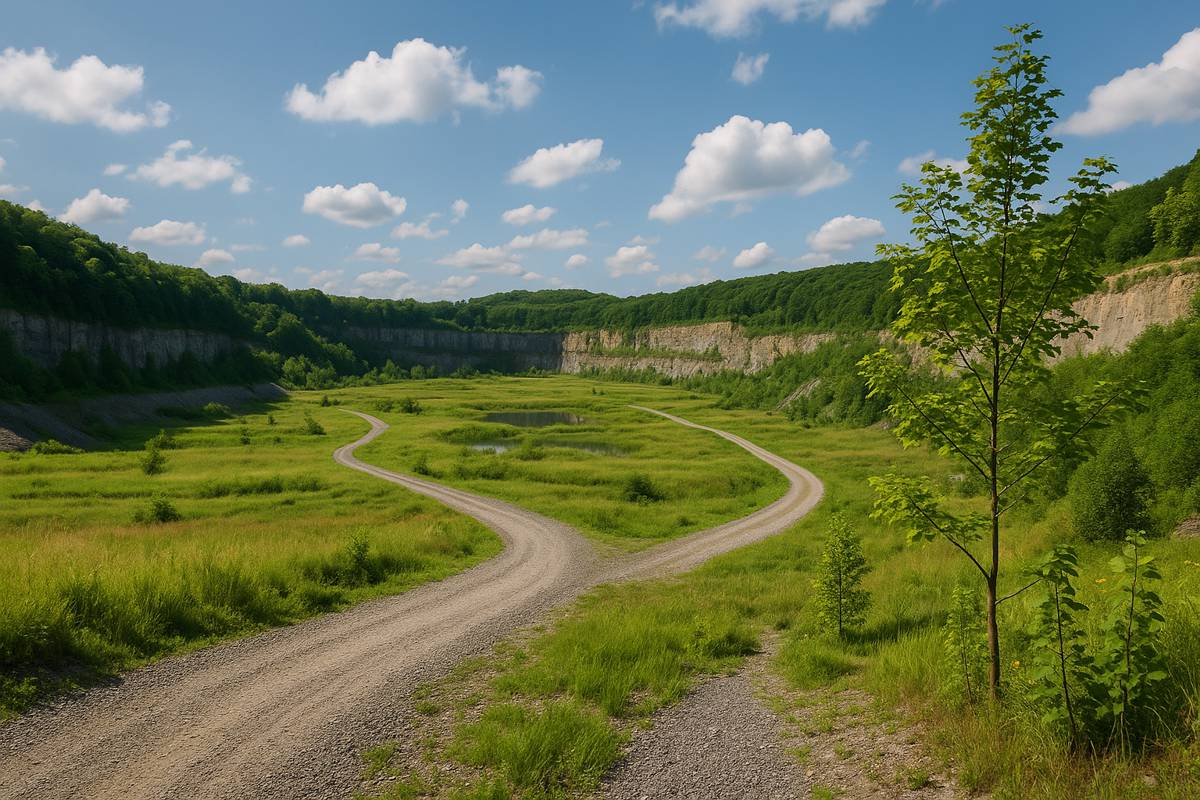
Building a Greener Foundation
The humble quarry dust, once swept into piles and forgotten, is now at the forefront of an industrial evolution. Transforming this dust into engineered stone and other building materials embodies the circular economy in action, taking what was once thrown away and making it the cornerstone of new construction. It’s a classic case of turning a problem into an opportunity, or as the old saying goes, turning one person’s trash into another’s treasure. In doing so, the quarrying and construction sectors are proving that economic development and environmental stewardship can indeed go hand in hand.
As global demand for infrastructure soars, so does the urgency to use resources wisely. The initiatives described, from high-tech washing plants recovering sand from waste, to factories pressing stone dust into new slabs, show that sustainable practices are not just theoretical ideals but emerging realities. Industry professionals are finding that investing in these innovations pays off, both in reducing environmental risk and opening new revenue streams. Policymakers are taking notice, beginning to weave support for recycled aggregates into regulations and development goals. In some regions, using a percentage of recycled material in public projects is becoming not only preferable but mandatory, accelerating adoption.
In the end, reinventing aggregates is about more than finding new uses for quarry dust, it’s about a change in mindset. It requires seeing opportunity where before there was only waste. The fact that we can build durable roads, strong bridges, and beautiful countertops from materials that would otherwise languish in a dump is a testament to human ingenuity. This mindset is infectious: success in one area (like engineered stone) encourages experiment and investment in others (like recycled concrete and beyond).
The quarries and mines of the future might well be measured not just by how much they extract, but by how much they don’t waste. A zero-waste quarry, once a far-fetched idea, is now a tangible target on the horizon. As engineered stone and recycled aggregates increasingly build our homes and cities, those once-neglected particles of dust are literally forming the foundations of a greener future. The industry’s ability to reinvent its own by-products will play a key role in building infrastructure that is both resilient and responsible, truly turning dust into stone, and stone into a sustainable legacy.
